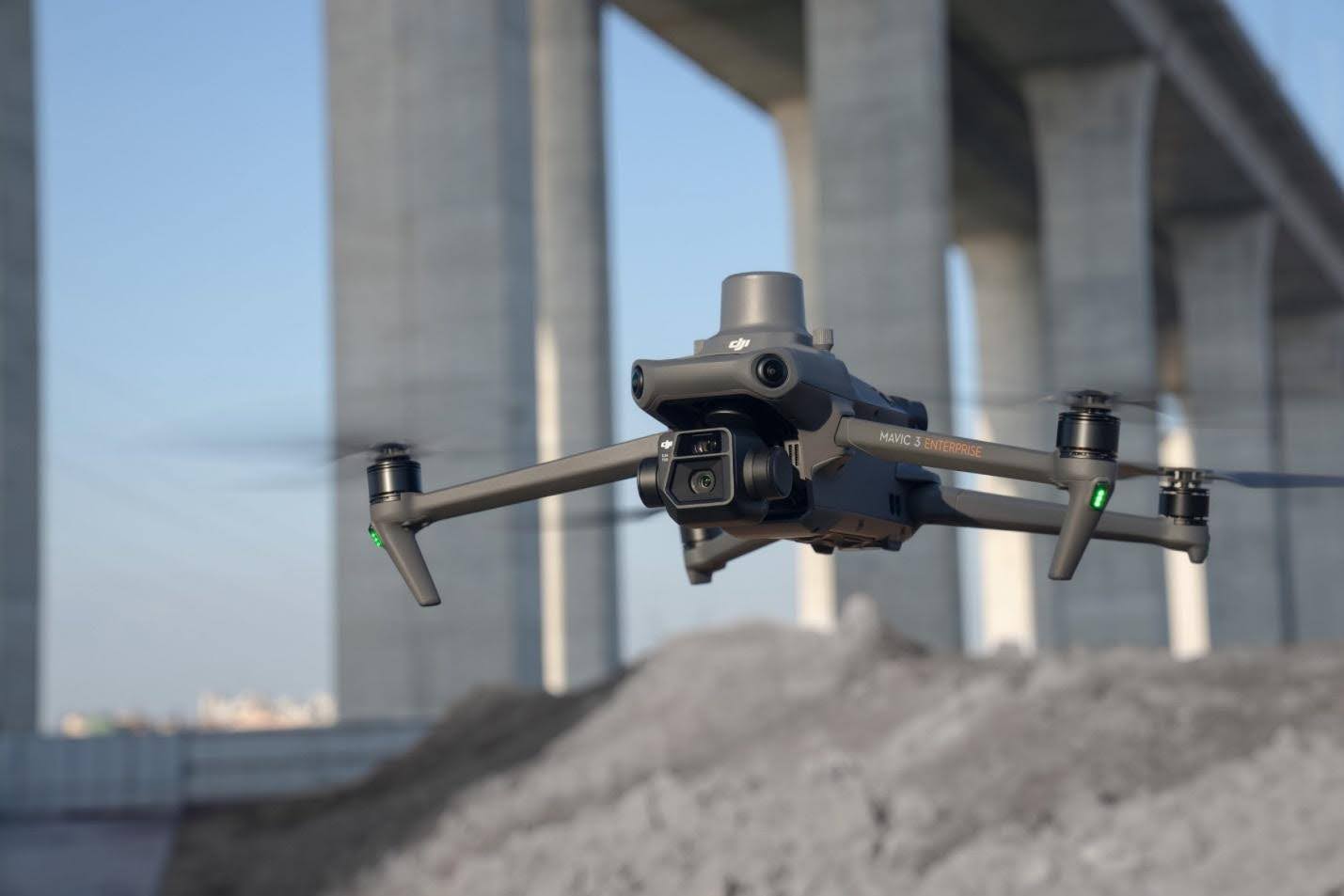
How Digital Twin Technology Enhances Asset Management
March 26, 2025 12:09 pmIn today’s fast‐paced, technology‐driven world, efficient asset management is important for maintaining infrastructure, reducing costs and ensuring long‐term sustainability. Digital twin technology is at the forefront of this transformation, offering innovative solutions that change how organisations manage their assets. At Castle Surveys, we specialise in providing cutting‐edge digital twin surveys to optimise asset management mapping, enabling businesses to streamline operations and improve decision‐making.
What is Digital Twin Technology?
Definition and Overview
Digital twin technology involves creating a virtual replica of a physical asset, system or process. This digital counterpart simulates the real‐world conditions of the asset, offering detailed insights that can be used for monitoring, analysis and optimisation. Digital twins are built using real‐time data captured from sensors and IoT devices, combined with advanced 3D modelling techniques to produce a highly accurate digital representation.
In the context of asset management, a digital twin provides an ongoing, live visualisation of an asset’s condition, performance and status. This virtual model allows organisations to track the lifecycle of their assets, predict potential issues and ensure better resource allocation and maintenance schedules.
Applications of Digital Twins in Asset Management
Digital twins have changed the way infrastructure and assets are managed across multiple industries. They can be applied to a wide range of sectors, from construction and manufacturing to utilities and transportation. In asset management, digital twin technology is used for several key functions:
Real‐time asset monitoring: Continuous data collection allows businesses to keep track of asset performance in real time, detecting any anomalies or changes that might require attention.
Predictive maintenance mapping: By analysing trends in the digital twin model, organisations can predict potential failures before they happen, allowing for proactive repairs and reducing downtime.
Optimising asset performance: Digital twins enable businesses to simulate different scenarios and assess the impact of various decisions on asset performance, helping to maximise efficiency and extend the asset’s useful life.
Benefits of Digital Twin Surveys for Asset Management
Real-Time Monitoring and Insights
One of the most compelling benefits of digital twin surveys is the ability to monitor assets in real time. Using IoT devices and sensors, digital twins provide continuous data on an asset’s performance, environmental conditions and other key metrics. This live tracking allows businesses to quickly identify issues – from wear and tear to unexpected breakdowns – enabling rapid intervention and minimising operational disruption.
For example, a 3D digital twin model of a building’s HVAC system can show real‐time performance metrics, allowing the building manager to spot inefficiencies or malfunctions before they escalate into costly repairs.
Predictive Maintenance and Cost Savings
Predictive maintenance is another area where digital twins deliver substantial value. By analysing historical data alongside real‐time performance metrics, digital twins can predict when an asset will likely require maintenance or experience a failure. This approach helps organisations address issues before they become critical.
Not only does this reduce unscheduled downtime, but it also cuts maintenance costs significantly. For example, predictive maintenance mapping for industrial machinery helps businesses schedule repairs when needed, reducing the need for expensive emergency fixes and extending equipment lifespan.
Enhanced Decision‐Making with Accurate Data
The detailed insights provided by digital twins enable organisations to make more informed, data‐driven decisions. With highly accurate asset mapping, businesses can optimise resource allocation, streamline maintenance schedules and better plan for future needs.
Whether it’s evaluating asset performance optimisation for a fleet of vehicles or assessing the structural integrity of a bridge, digital twins deliver the precision required for sound, evidence‐based decision‐making.

How Digital Twin Technology Improves Operational Efficiency
Integrating IoT and Sensors
A key component of digital twin technology is the integration of IoT devices and sensors, which collect real‐time data from physical assets. These devices continuously feed information into the digital twin model, ensuring it accurately reflects the asset’s current state. Enriching digital twin data with sensor input allows organisations to gain deeper insights into asset health, usage patterns and environmental influences.
For example, integrating sensors into an industrial plant can provide continuous feedback on equipment performance, energy consumption and potential safety hazards. This data can be analysed to improve operational efficiency and optimise energy usage, contributing to cost savings and sustainability goals.
Optimising Asset Lifecycle Management
Digital twins can optimise asset lifecycle management by offering a comprehensive view of an asset’s performance from deployment through to decommissioning. By monitoring an asset throughout its life, businesses can identify opportunities for optimisation, improve maintenance strategies and ensure a longer, more productive lifespan.
This digital approach helps organisations decide when to upgrade or replace assets, moving away from reactive maintenance practices that may lead to costly downtime.
Streamlining Infrastructure Maintenance
Digital twin technology also plays an important role in simplifying infrastructure maintenance. By providing an accurate, up‐to‐date digital replica of an asset or structure, organisations can streamline maintenance schedules and reduce unnecessary interventions.
For example, an infrastructure mapping solution in the form of a digital twin for a city’s water distribution system can identify weak points and forecast future maintenance needs, resulting in more targeted interventions, reduced disruption and lower operational costs. You can explore more about water-related surveys for further insights.
Castle Surveys’ Expertise in Digital Twin Technology
Advanced Tools and Techniques
At Castle Surveys, we pride ourselves on using the latest tools and techniques to deliver precise, high‐quality digital twin surveys. By combining the power of 3D scanning, photogrammetry and GIS, we create highly detailed and accurate asset management mapping models. These 3D models form the foundation for real‐time monitoring, predictive maintenance and performance optimisation.
Proven Success in Asset Management Projects
(Provide examples of projects where digital twin surveys improved operations.)
Commitment to Innovation and Precision
Castle Surveys is committed to delivering the most accurate and innovative digital twin surveys on the market. We continuously invest in the latest technology to ensure our clients receive the highest level of precision and service.
How to Get Started with Digital Twin Surveys
Consultation and Requirements Assessment
The first step in starting a digital twin project is to schedule a consultation with our team. During this phase, we assess your project’s unique needs and goals, ensuring we gather the right data and implement the best solutions to optimise your asset management.
Data Collection and Digital Twin Creation
Once we have identified your needs, we begin the process of data collection. Using state‐of‐the‐art surveying techniques, we capture the physical and environmental data needed to create your 3D digital twin models. These models are then refined to ensure accuracy and detail.
Implementation and Ongoing Support
After your digital twin model is created, we assist with the implementation process, ensuring seamless integration into your existing asset management workflows. We also provide ongoing support, ensuring that your digital twin remains up‐to‐date and continues to deliver valuable insights throughout its lifecycle.
This post was written by Paul Jackson

Comments are closed here.